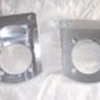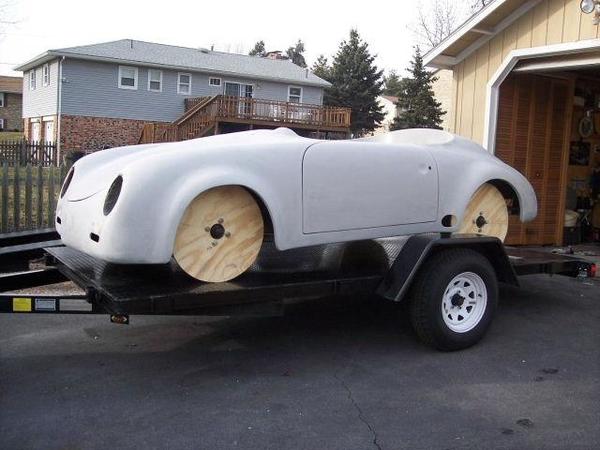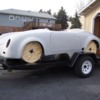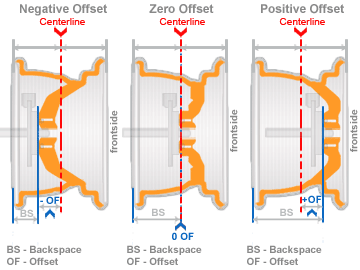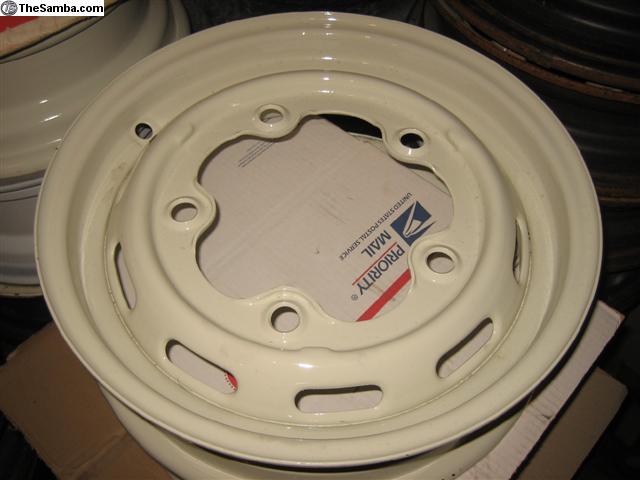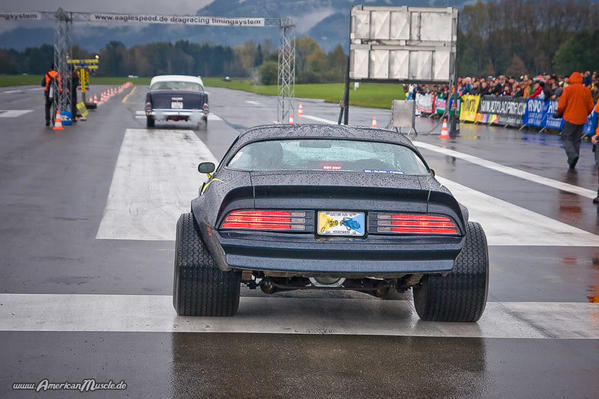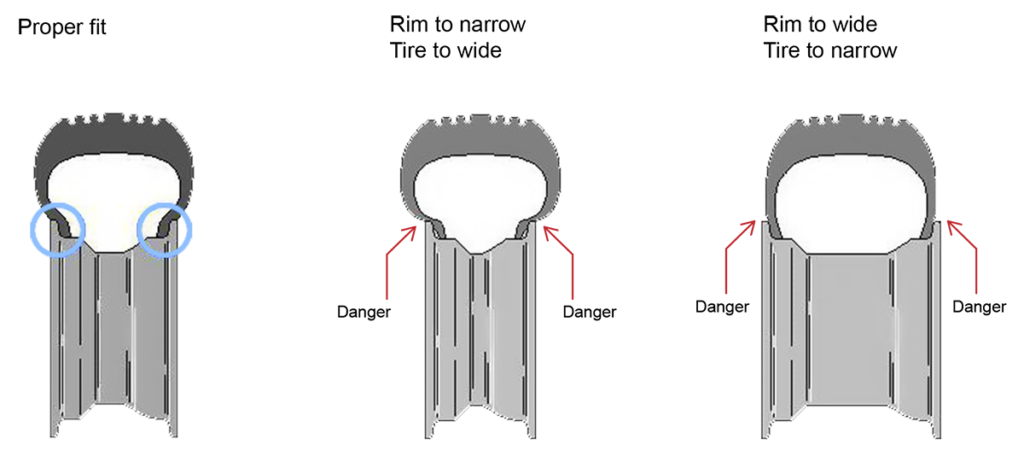Mike wrote: "The man in the link I posted above suggested painting the whole rotor and letting the pads wear off the paint where they make contact. I wonder if that would work with powder coating. I am planning on having the rotors and caliper brackets powder coated. I assume I can't do that with the master cylinder and calipers because of the heat."
hmmmmmmmmm......... Veeery Interesting.
I put new rotors on our Outback and Rogue and the NAPA guys convinced me to go all-in with their Polymer coated rotors:
http://www.napabrakes.com/magn...s/ultra-premium.html
I do not know what the coating consists of, but they coated everything including the rotor faces. The stuff wore off within a mile or so (lots of brake stomping involved, there).
I do not know if this was a powder coating. It seems to me that a number of heat-flowing powder coats are pretty hard once cured so I'm not sure if it is a good thing for a rotor face or not. Paint or chromate? Sure, but I can't speak to what's in powder coat mixes.
On the Master Cylinder - Sure! Powder coat all you want, just mask off all of the holes. Very little heat is generated in the M/C.
For the Calipers, just use high-heat powder coat, OR a high heat paint - they come in a bunch of colors (but no checkerboard if you're Cory Drake) and are typically good for over 600º.



